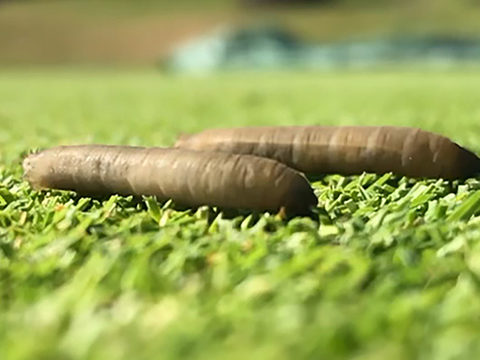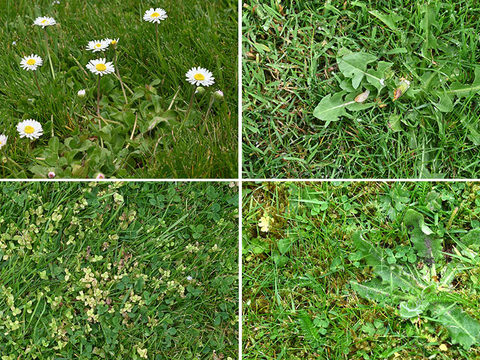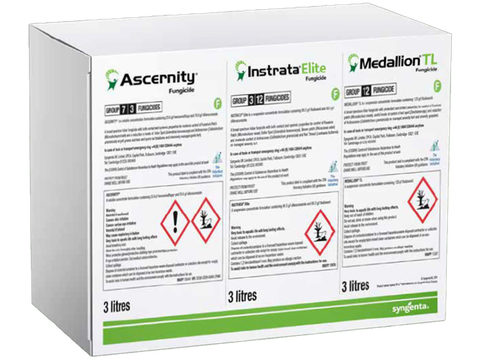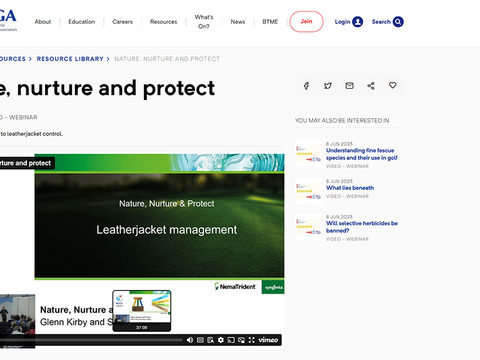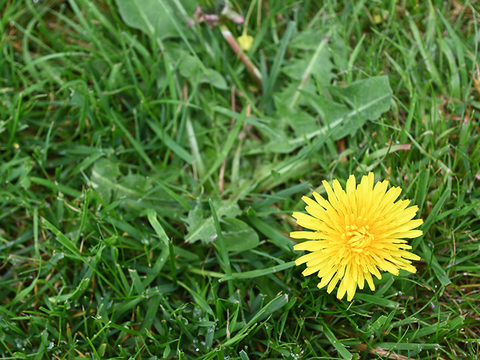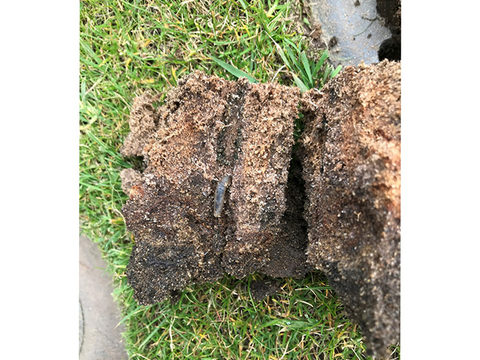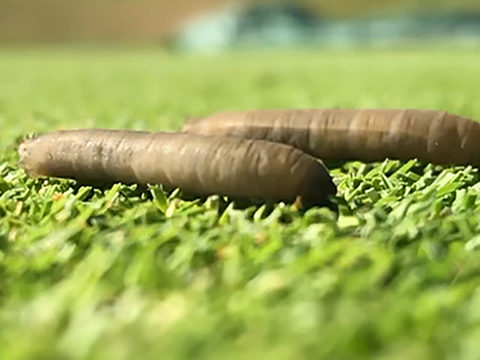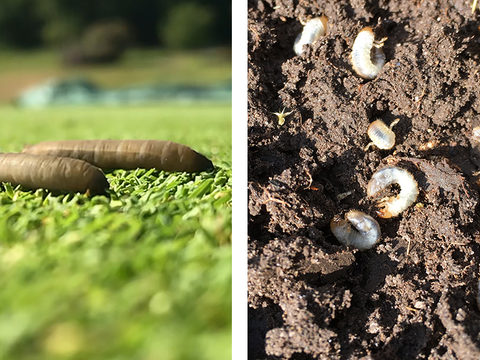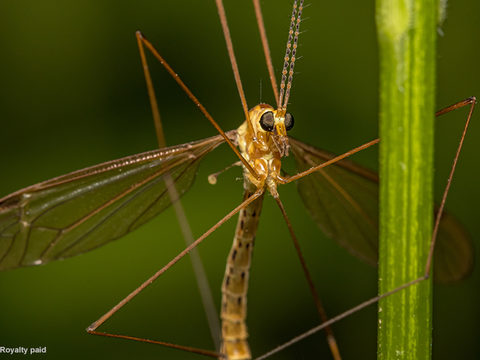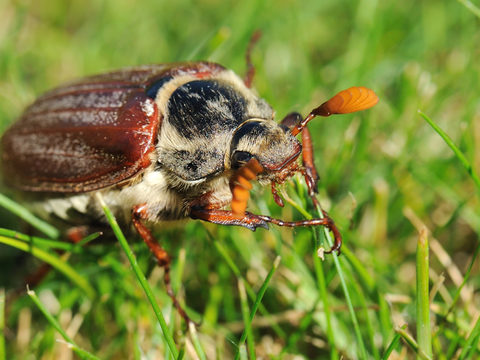GreenCast in UK and Ireland - Fundamentals of fungicide selection
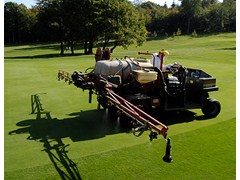
Understanding how fungicides work is paramount to getting the best value for your money from any application. The different modes of action of fungicides, or the way that they tackle disease within the plant, allow you to decide which product to use depending on the disease activity at the time of application, reports Dr Ruth Mann of STRI.
The action of the fungicide and the disease target is also important in deciding the optimum application technique to deliver the treatment where it is required.
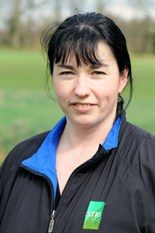
The 'topical' mode of action concerns where on the grass plant the fungicide will remain after application:
CONTACTS, such as fludioxonil (in INSTRATA), remain on the outside of the grass plant at the point of application, forming a shield to protect the leaf from pathogen attack. They will also help prevent the spread of disease, by preventing the pathogen moving to unaffected plants.
LOCALISED PENETRANTS, such as iprodione can move slightly from the point of application. For example, they may slightly penetrate into the grass leaf or move a short distance around the leaf surface.
SYSTEMICS, such as azoxystrobin (HERITAGE) and propiconazole (BANNER MAXX) can move from the point of application in the xylem (the part of the grass plant that water moves in). These are termed acropetal penetrants and, once absorbed by the leaf, move up through the plant and are redistributed in the leaf. Fungicides applied on the leaf continue to move over time, protecting new leaf as it grows.
It is worth noting that the reason azoxystrobin is effective against Take-All Patch is that it also absorbed by the roots and so can prevent growth of the pathogen where it is found in the plant.
The topical mode of action is important for which product will give you the best control depending on the immediate activity of the pathogen. For example, in a high risk situation, where the disease is present and possibly spreading, a fast acting contact fungicide may be most appropriate to immediately protect surrounding clean leaf.
For this reason an acropetal penetrant is likely to give its best results when applied during high-risk situations, but before the disease is observed and spreading. This gives time for the active to be taken up and redistributed within the leaf for much more effective control - preventing the pathogen from infecting the plants.
Biochemical action
The 'biochemical' mode of action concerns how the fungicide prevents or kills the pathogen:
MULTISITE fungicides, such as chlorothalonil and fludioxynil, affect more than one biochemical process within the pathogen.
SINGLE SITE fungicides, such as propiconazole and azoxystrobin affect one biochemical process within the pathogen.
This is important to understand in designing fungicide programmes to prevent resistance developing - which could result in a reduction in the optimal control provided by the available fungicides.
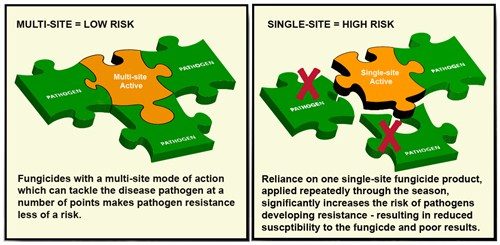
It is very difficult for the pathogen to overcome two or more biochemical processes at once, and so the risk of resistance developing is low for multisite fungicides. Remember that using products with multiple active ingredients from different chemical families acts in a similar way to using a multisite active ingredient, as the product supplies more than one biochemical mode of action.
However, alternating two different products with the same type of activity will not have the desired effect to fight fungicide resistance. For example, azoxystrobin is a strobilurin from the QoI class of fungicides, as are the actives pyraclostrobin and trifloxystrobin. Since they all affect the same biochemical pathway in fungi - fungal respiration at the Qo site - resistance to one of these actives will confer resistance to them all. Therefore, care must be taken to ensure these active ingredients are used within a planned resistance management programme that alternates products from different chemical groups, to prevent resistance occurring.
Click here to view the STRI table showing the biochemical modes of action of different turf fungicide actives.
Application timing
The third thing you need to consider is application timing.
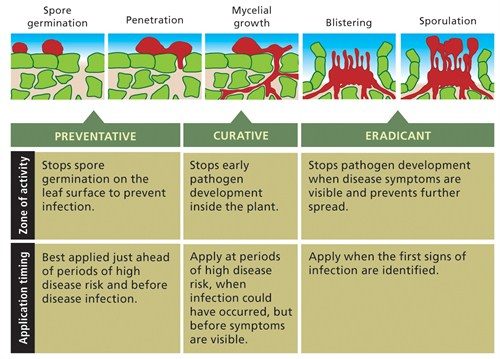
PREVENTATIVE application is when weather conditions conducive to disease development have occurred and there is a high chance that spores will be active on the leaf, but before the pathogen has actually infected the grass plant. Preventative control stops the pathogen before there is any loss in turf quality. It also minimises the risk of further disease spread.
The challenge is to know when to apply preventatively, without wastefully applying when there was little or no disease risk - which is where the combination of good local knowledge and disease forecasting can prove so effective.
CURATIVE application occurs when the pathogen has germinated or just began to grow into the grass plant. Curative activity ends at the very first sign of disease. It should be remembered that in most cases this is the final timing for optimal control with most available turf fungicides.
Most curative fungicides also have preventative activity, so uninfected leaves treated at the same will also be kept clean.
ERADICANT application occurs when the disease is visible and probably spreading. In many instances this is mistakenly referred to as 'curative', but in effect the damage to turf quality has already been done. Most fungicides have only limited effect in curing disease pathogen at this stage, although they can stop its spread by protecting surrounding clean leaf from new infection. Although the fungicide may adequately control the pathogen, you need soil temperatures high enough to allow recovery from the infection. This is why some Fusarium (microdochium patch) scars remain all winter, even though the disease has been controlled.
Click here to download the comprehensive Syngenta Guide to Turfgrass Disease Management for further details and information.

